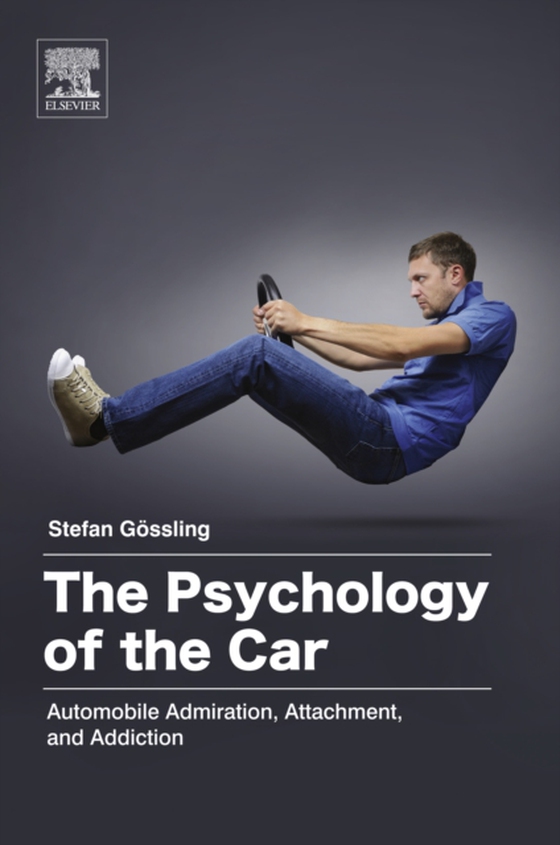
Psychology of the Car e-bog
802,25 DKK
(inkl. moms 1002,81 DKK)
The Psychology of the Car explores automotive cultures through the lens of psychology with the goal of achieving a low-carbon transport future. Worldwide there are now more than one billion cars, and their number grows continuously. Yet there is growing evidence that humanity needs to reach 'peak cars' as increased air pollution, noise, accidents, and climate change support a decline in car u...
E-bog
802,25 DKK
Forlag
Elsevier
Udgivet
16 juni 2017
Længde
340 sider
Genrer
Automotive technology and trades
Sprog
English
Format
pdf
Beskyttelse
LCP
ISBN
9780128110096
The Psychology of the Car explores automotive cultures through the lens of psychology with the goal of achieving a low-carbon transport future. Worldwide there are now more than one billion cars, and their number grows continuously. Yet there is growing evidence that humanity needs to reach 'peak cars' as increased air pollution, noise, accidents, and climate change support a decline in car usage. While many governments agree, the car remains attractive, and endeavors to change transport systems have faced fierce resistance. Based on insights from a wide range of transport behaviors, The Psychology of the Car shows the "e;why of automotive cultures, providing new perspectives essential for understanding its attractiveness and for defining a more desirable transport future. The Psychology of the Car illustrates the growth of global car use over time and its effect on urban transport systems and the global environment. It looks at the adoption of the car into lifestyles, the "e;mobilities turn, and how the car impacts collective and personal identities. The book examines car drivers themselves; their personalities, preferences, and personality disorders relevant to driving. The book looks at the role power, control, dominance, speed, and gender play, as well as the interrelationship between personal freedom and law enforcement. The book explores risk-taking behaviors as accidental death is a central element of car driving. The book addresses how interventions can be successful as well as which interventions are unlikely to work, and concludes with how a more sustainable transport future can be created based on emerging transport trends. Features deep analyses of individual and collective psychologies of car affection, moving beyond sociology-based interpretations of automobile culture Illustrates concepts using popular culture examples that expose ideas about automobility Shows how fewer, smaller and more environmentally friendly cars, as well as low-carbon transport modes, are more socially attractive
 Dansk
Dansk

